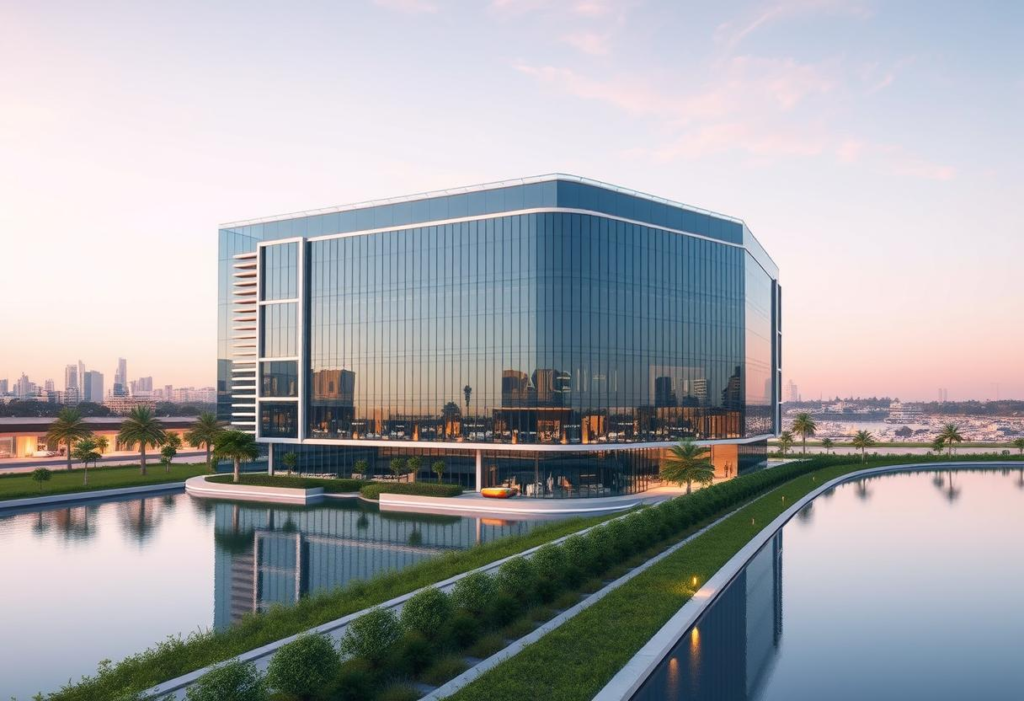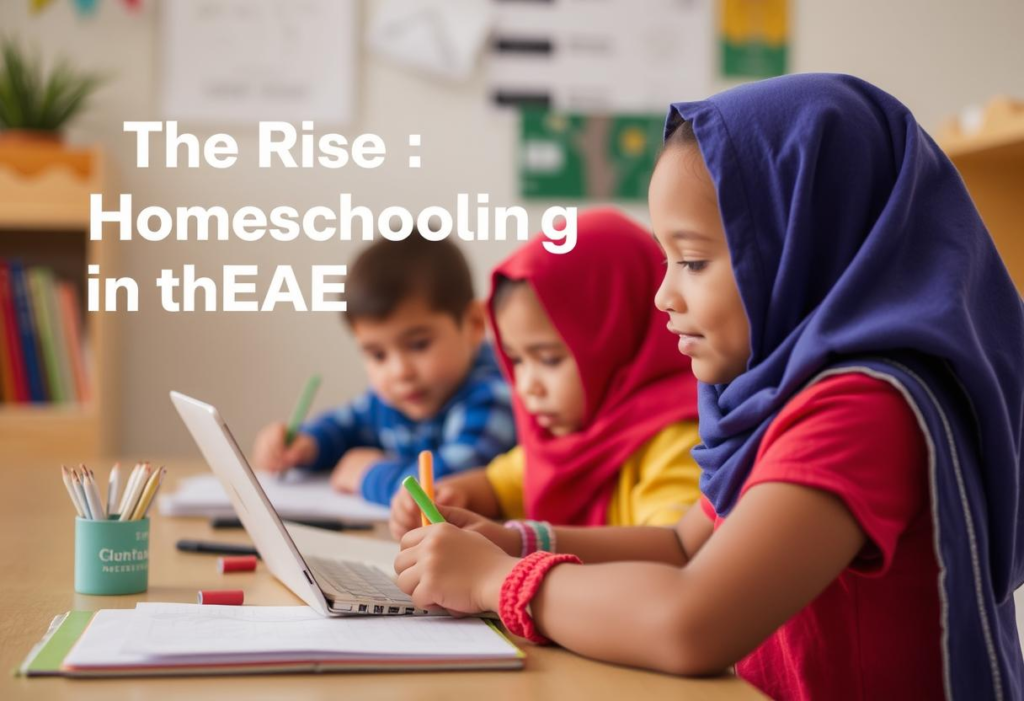Eid al Fitr and Eid al Adha are two significant Islamic celebrations observed around the world.
- Eid al Fitr marks the end of Ramadan, a month-long fasting period, with prayers and charity.
- Eid al Adha commemorates Prophet Ibrahim’s willingness to sacrifice his son as a test of faith.
- Both Eids are celebrated with unique traditions, including special prayers, family gatherings, and festive meals.
- The dates of these Eids change annually, following the Islamic lunar calendar.
Eid al Fitr arrives at the close of Ramadan, marking a time of joy and gratitude for Muslims globally. The day begins with a special prayer, where families gather to offer thanks for spiritual growth achieved during the fasting month. A key aspect of this celebration is charity, specifically Zakat al Fitr, which ensures everyone partakes in the festivities. It’s a time for relatives and friends to come together, share sweet treats, and appreciate their blessings. Dubai, for instance, buzzes with enthusiasm as shopping malls and entertainment venues offer exclusive deals and events.
Eid al Adha, observed about 70 days after Eid al Fitr, is deeply rooted in the story of Prophet Ibrahim’s devotion to God. This Eid involves Qurbani, the ritual of animal sacrifice, symbolizing obedience and sharing with those in need. The meat is thoughtfully divided among family, friends, and the less fortunate, exemplifying generosity and community spirit. This occasion coincides with Hajj, a significant pilgrimage to Mecca, reinforcing its profound religious significance.
Although the Eids share some customs, they each have distinct features. While Eid al Fitr is often referred to as “Sweet Eid” due to the myriad of desserts enjoyed, Eid al Adha is marked by savory, meat-based dishes. The festive ambiance is complemented by traditional greetings like “Eid Mubarak,” exchanged among loved ones, and giving children Eidiya, a tradition of monetary gifts.
The ever-changing dates of Eid al Fitr and Eid al Adha result from the Islamic calendar’s reliance on lunar cycles. The days are confirmed by the sighting of the crescent moon, which introduces variations in celebration timings globally. This adaptability adds a sense of anticipation and excitement each year, as communities await the official moon sighting announcements.
Celebrations in Dubai are especially vibrant, drawing both locals and tourists who relish the festive atmosphere. Extravagant fireworks, cultural performances, and themed sales add to the joyful spirit in one of the world’s most dynamic cities.
Eid al Fitr and Eid al Adha are times of reflection, gratitude, and family bonding, each offering unique traditions that highlight the richness of Islamic culture.
Source: Damacproperties

